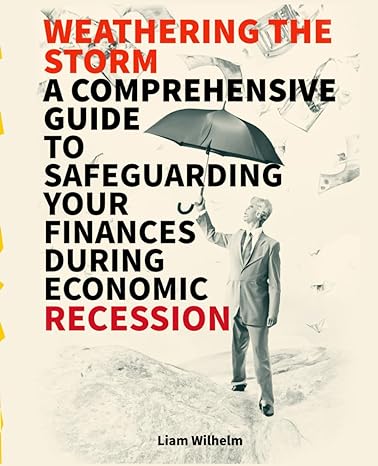Question
Bonds A, B, and C all have a maturity of 10 years and a yield to maturity of 7%. Bond A's price exceeds its par
Bonds A, B, and C all have a maturity of 10 years and a yield to maturity of 7%. Bond A's price exceeds its par value, Bond B's price equals its par value, and Bond C's price is less than its par value. None of the bonds can be called. Which of the following statements is CORRECT? Group of answer choices
A. Bond A has the most price risk.
B. If the yield to maturity on each bond increases to 8%, the prices of all three bonds will decline.
C. If the yield to maturity on each bond decreases to 6%, Bond A will have the largest percentage increase in its price.
D. If the yield to maturity on the three bonds remains constant, the prices of the three bonds will remain the same over the next year.
E. Bond C sells at a premium over its par value.
Step by Step Solution
There are 3 Steps involved in it
Step: 1

Get Instant Access to Expert-Tailored Solutions
See step-by-step solutions with expert insights and AI powered tools for academic success
Step: 2

Step: 3

Ace Your Homework with AI
Get the answers you need in no time with our AI-driven, step-by-step assistance
Get Started


